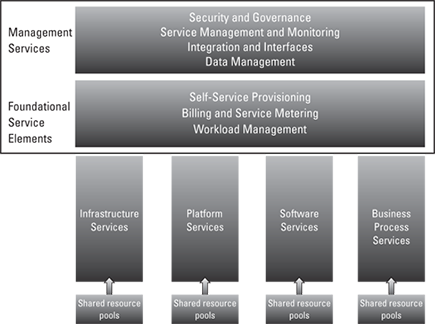Figure 1-1: How the cloud elements fit together.
Cloud Computing Elements: Resource Pools/Cloud Models and Services
Now that you have a context for the types of cloud environments, it’s important to understand the common elements required to make clouds functional. In this section, we give you the basics of what you need to know. Figure 1-1 illustrates the related elements that come together to create clouds. On the bottom of the diagram is a set of resource pools that feed a set of cloud delivery services. On the top of the diagram are the common service elements needed to support these delivery models.

One of the fundamental differences between cloud computing and traditional computing is the way a cloud is designed to manage workload resources. Managing workloads is foundational to the cloud. For more details on workload management, you may want to read Chapter 12. Whereas a data center is designed to manage applications, a cloud is intended to manage a pool of resources, which is precisely what it sounds like — a set of shared, configured services that are independent of a physical location. In many situations, cloud service providers create a multi-tenant environment to support the deployment of these resources. Multi-tenancy enables the sharing of a service while keeping the data and configurations of individual customers separate.
For example, say that you are a cloud ...
Get Hybrid Cloud For Dummies now with the O’Reilly learning platform.
O’Reilly members experience books, live events, courses curated by job role, and more from O’Reilly and nearly 200 top publishers.

